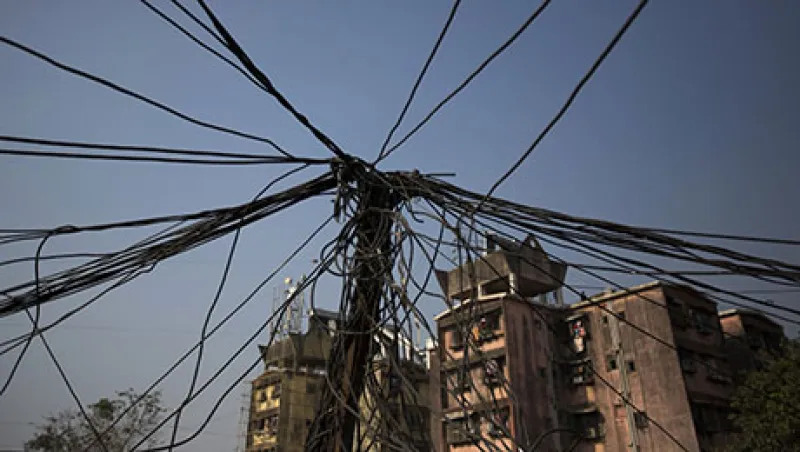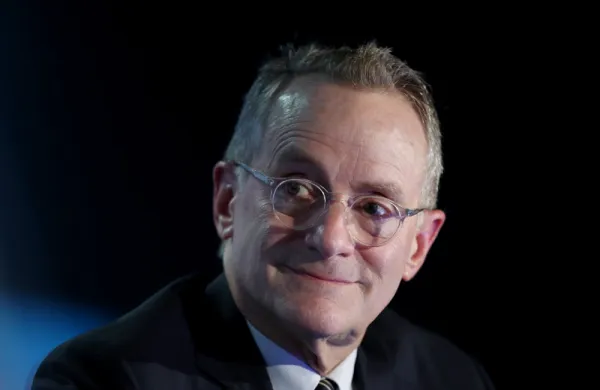With growth slowing in much of the world and policymakers and analysts worried about everything from potential monetary tightening by the Federal Reserve to geopolitical risks in the Middle East and Ukraine, the idea of a low-cost stimulus to economies sounds almost too good to be true.
Yet backers of infrastructure investment believe they have just such an elixir. A group of public-sector bodies and institutional investors joined with the World Bank on Friday to launch the Global Infrastructure Facility, a platform that aims to streamline the planning process for road, power, water and other projects and harness billions of additional finance to get them built. The following day finance ministers from the G20 group of advanced and developing countries announced the creation of a Global Infrastructure Initiative, which seeks to foster cooperation among governments by sharing information and expertise on big projects.
Given the low interest rates prevailing today and the high potential return on infrastructure, investing in the sector amounts to the proverbial free lunch, former U.S. Treasury Secretary Larry Summers wrote in an op-ed piece in the Financial Times. Amid the gloomy atmosphere prevailing in Washington at the annual meetings of the Bank and the International Monetary Fund, the GIF was one of the few bright spots.
“Economic growth is the most powerful tool we have to end poverty, yet without infrastructure — electricity, water, and roads — growth will never take off,” President Jim Yong Kim said at a signing ceremony at the World Bank’s headquarters.
Sub-Saharan Africa generates only as much electric power as Spain, and Nigeria, the continent’s most-populous country with nearly 180 million people, generates less power than the city-state of Singapore, with 5.5 million people. The Bank estimates that sub-Saharan Africa needs $100 billion a year in infrastructure investment; for all developing countries, the need climbs to a cool $1 trillion. The Bank ramped up its infrastructure spending to $24 billion in the financial year ended June 30, but Kim concedes that’s just a drop in the bucket.
The GIF joins multilateral agencies like the World Bank, the European Investment Bank and the Asian Development Bank with private-sector players such as investment giant BlackRock, reinsurer Swiss Re, DSB Bank of Singapore and HSBC Holdings.
Pension funds, sovereign wealth funds and other long-term investors have been turning their attention to the infrastructure opportunity in recent years, but so far talk has been more notable than action. The World Bank estimates that the world’s insurers and pension funds have invested only about 1 percent of their roughly $80 trillion in assets in infrastructure. Private investment in infrastructure in emerging markets actually dropped to $150 billion last year from $186 billion in 2012.
“We believe in infrastructure as an asset class,” says Guido Fürer, chief investment officer at Swiss Re. “It’s a perfect match for an institutional investor with long-term liabilities.” But a lack of “bankable projects” limits the ability of institutions like Swiss Re to increase its exposure to the sector, he adds. “It’s almost impossible to allocate a significant amount of money to infrastructure with the appropriate risk-return characteristics.”
The GIF aims to address that problem by identifying priority projects, streamlining planning procedures, strengthening regulatory and legal certainty for investors and standardizing financial instruments. World Bank officials hope to have at least one pilot project ready to launch by the end of this year. Piyush Gupta, chief executive of DBS, said his bank’s project finance team was working to identify potential projects that could benefit from the GIF.
The scope for improvement is significant. V. Shankar, chief executive officer for Europe, Middle East, Africa and the Americas at Standard Chartered Bank, said he met recently with Turkey’s deputy prime minister, Ali Babacan, who noted that every time the government goes to build a bridge, it starts from scratch by issuing a new request for proposal to contractors. Standardized planning, bidding and financing procedures could facilitate the flow of funds into the sector, Shankar said.
“Is this going to be a silver bullet? No,” said the banker. But he added, “Infrastructure is going to be a driver of economic growth, particularly in emerging markets.”






